What will farmed fish eat in the future?

Just like people and other animals, fish need food that will help them grow strong and healthy.
Photo: Erling Svensen / Institute of Marine Research
Farmed salmon are fed with pellets which combine ingredients from different sources.
Photo: Erling Svensen / Institute of Marine ResearchPublished: 08.02.2021 Updated: 19.02.2021
The world needs more healthy food for its growing population, and aquaculture is part of the solution. But what the fish eat has a big impact on the health benefits and environmental impacts.
“The raw ingredients for fish feed must be healthy, safe and sustainable”, says Rune Waagbø, a Programme Director at the Institute of Marine Research (IMR).
Research is currently being done on a number of new resources that could be used in fish feed in the future. The IMR is at the forefront of research into new raw ingredients from the ocean and how best to use them.
Another area of focus is how the resources in inputs like feed and energy can be recycled to create a so-called circular economy. That involves reusing nutrients from feed waste and fish faeces to produce new feed.
“That would be beneficial to the industry by reducing its environmental footprint, saving costs and, of course, improving its image”, says Waagbø.
The future is low-trophic
The feed given to farmed salmon comprises various raw ingredients and additives. Over the years, feed based on fish oil and fish meal has increasingly been replaced by plant-based raw ingredients, such as rapeseed oil and soy. Plant-based ingredients currently constitute 70-80 percent of fish feed.
“The raw ingredients that are currently used are in limited supply, and there is competition for them for human consumption and use in feed for farm animals”, says Rune Waagbø.
In order to accommodate the expected growth in aquaculture, it is therefore necessary to find new resources that can be used in fish feed.
“In order to replace plant-based raw ingredients, we must harvest low-trophic-level species, in other words the ones low down the food chain”, says Erik-Jan Lock, a Research Group Leader at the IMR.
The advantages of low-trophic-level species include requiring few other resources to grow and having few competing areas of use. The disadvantage is that we know less about them.
Holistic research is vital
“In order to cultivate and harvest new species, we need knowledge, and it is important to obtain it as early as possible to support responsible use and regulation,” says Lock.
The things that need documenting include the abundance of the various resources, and the impact of harvesting or producing them on the environment. We must use the ocean responsibly, and we can only do that if we have this kind of information.
Scientists are also checking if potential new ingredients for fish feed have the nutrients that farmed fish need, and whether they contain any toxins or contaminants that we don’t want getting into the fish.
Like humans and other animals, fish need food that makes them strong and healthy. Farmed salmon need fat, proteins, carbohydrates, vitamins and minerals. If they don’t get the nutrients they need, they may suffer from poor health, deformities and nutrient deficiencies.
Small deepwater fish
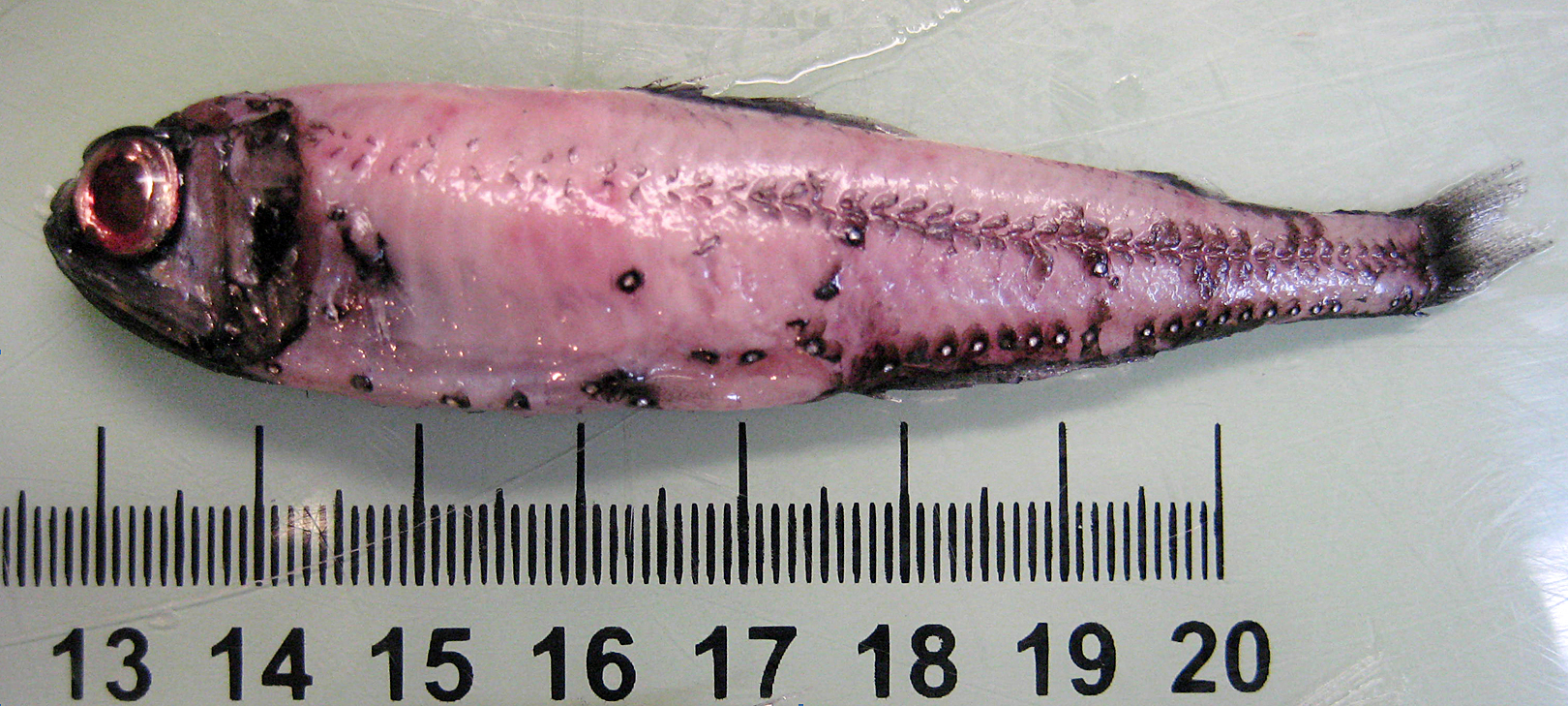
Mesopelagic fish, like the Mueller’s pearlside and glacier lantern fish, are species that live in the ocean at depths of between 200 and 1,000 metres.
In recent years, there has been experimental fishing for mesopelagic fish in Norway, and scientists are currently assessing the size of the stocks. They believe that the deep seas are home to great untapped resources, which can be used both in fish feed and for human consumption.
“These species are rich in omega-3 fatty acids and proteins, which farmed fish need to stay healthy and be good for human consumption”, says Lock.
It is also important to know what contaminants the new species contain. Our marine scientists are in the process of investigating this, and three species that have been analysed have excellent potential for use in fish feed.
Seaweed is hard to use
Right at the bottom of the food chain we find the ocean’s primary producers – algae. There is growing interest in using macroalgae, or seaweeds, both for human consumption and in feed for animals including cattle and farmed salmon.
Recently, marine scientists published a report that for the first time documented the nutritional content of, and contaminants in, 27 species of seaweed.
“Seaweed as such isn’t suitable as an ingredient for salmon feed. Salmon need protein and fat, but seaweed only contains small amounts of protein and fat, and a high proportion of indigestible carbohydrates”, says Erik-Jan Lock.
“We are now investigating whether fermented seaweed, in which some of the carbohydrates have been broken down, would be more suitable.”
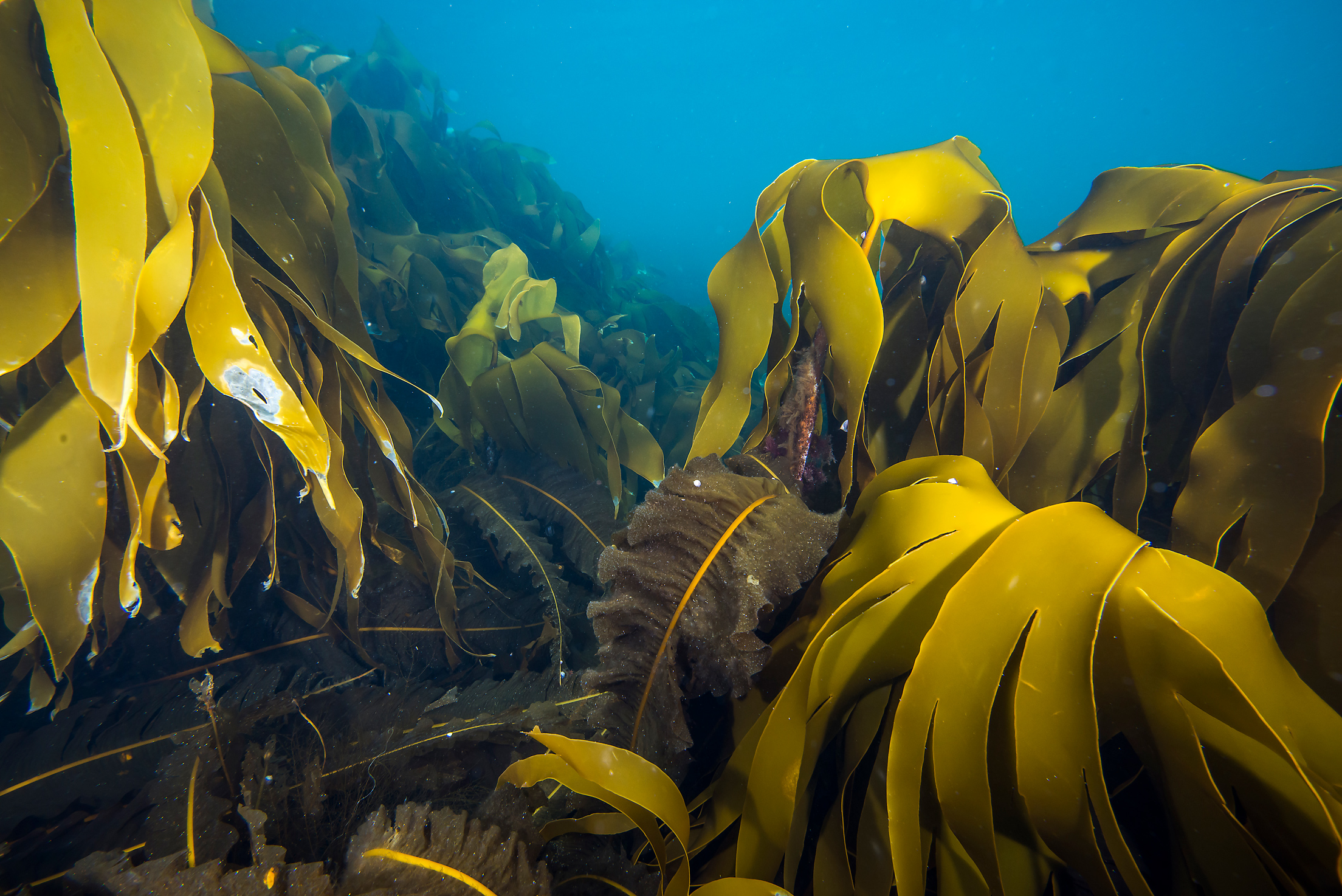
Mussels could be suitable
Mussels are efficient consumers of the microalgae found in the ocean, and their nutritional content should be suitable for fish feed.
“We are now looking into whether industrially produced mussel meal would work as a product”, says the research scientist Øivind Strand.
There is the potential to cultivate far more mussels in Norway’s coastal waters than can be absorbed by the market for human consumption. The scientists are using models to understand how any future increase in cultivation might affect ecosystems. This information will be important to ensuring responsible, sustainable cultivation.
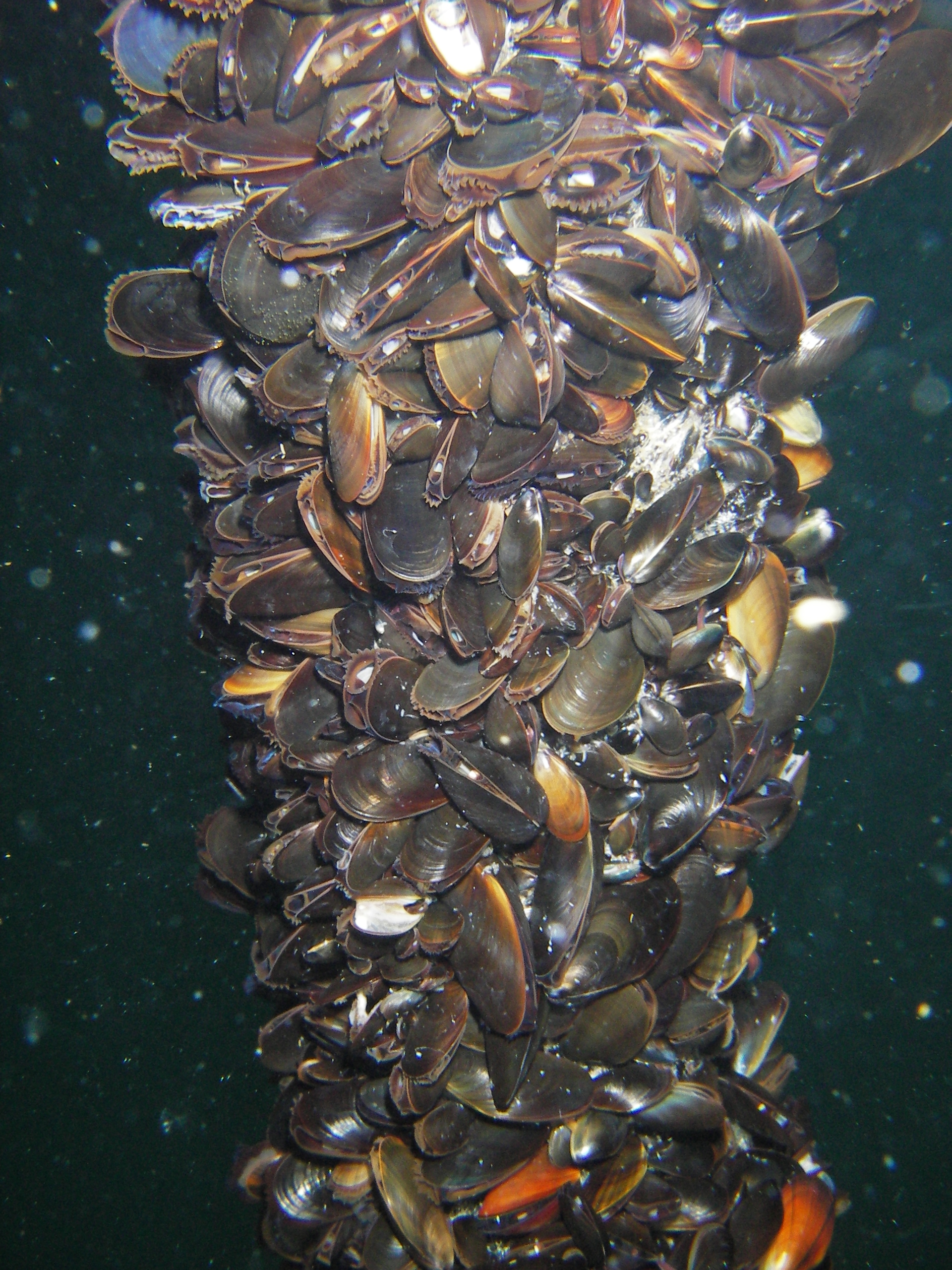
Bristle worms can eat sediment
For some time, researchers have been looking at how feed waste and fish faeces that enter marine environments can be exploited by organisms that can in turn be used in animal feed. This approach, which is often referred to as integrated multi-trophic aquaculture (IMTA), would also reduce the environmental impact of fish farming.
One possible way to recycle nutrients is through bristle worms.
“We are currently studying how well bristle worms feed on the sediments under fish farms, and whether they grow on devices placed on the sea bottom to enable us to harvest them”, says Øivind Strand.
This research project is being done in partnership with Ocean Forest AS through an Industrial PhD.
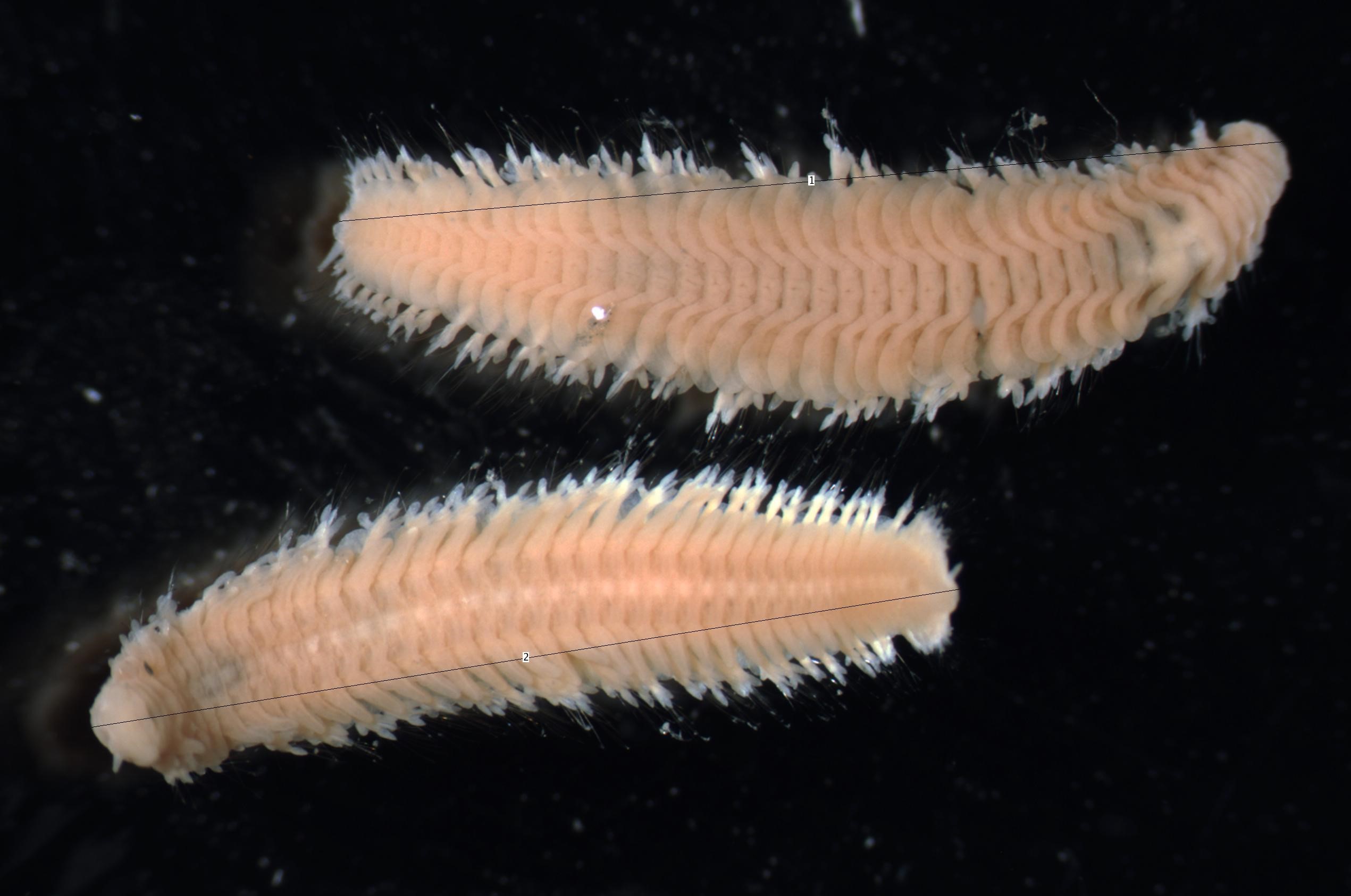
Insect meal has been approved
Another option is to replace the fish meal in salmon feed with meal made from insects. This has already been shown to work well, and after extensive research, seven species of insects have been approved for use in salmon feed.
“When we tested replacing traditional fish meal with insect meal, we found that the salmon grew just as well, stayed healthy and tasted just as good. In fact, a tasting panel was unable to notice any difference”, says Erik-Jan Lock.
In Norway, the Norwegian Food Safety Authority is responsible for deciding whether new raw ingredients shall be allowed in fish feed under EU regulations.
The next step is to develop new techniques for analysing insect meal in feed, to make it possible to check whether it is made from one of the approved insects. That will give the industry the confidence it needs. Researchers at the IMR are now working on this together with the EU reference laboratory for animal proteins in feed in Belgium.
Just like bristle worms, insects can be reared on waste to create a more circular economy. The insects used in European insect meal are currently fed on plant-based waste. The IMR is also involved in experiments using sediment from fish farms.
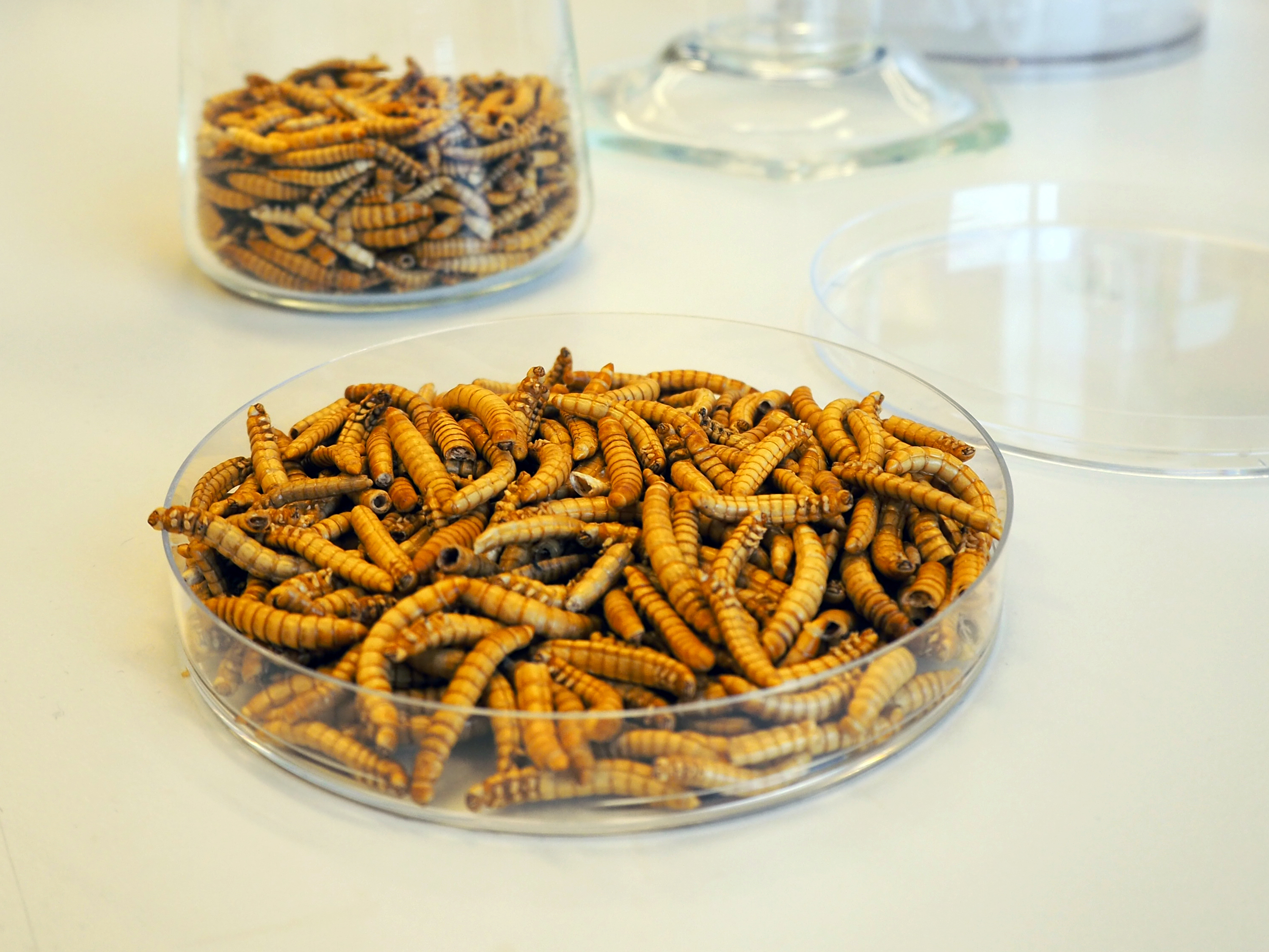
A smaller carbon footprint is good for sustainable development
If you compare different kinds of protein production around the world, Norwegian salmon farming is one of the most sustainable ones. That doesn’t mean there aren’t any challenges.
A large part of the carbon footprint of farmed salmon comes from the feed. Plant-based ingredients like soy require energy, fertilizer, water, labour, transport and farmland that could have been used for other purposes.
Food from the ocean is playing an important role in reaching the UN Sustainable Development Goal of ending hunger. However, this must not come at the expense of the other Sustainable Development Goals of combating climate change and protecting life on land and below water.
“More research needs to be done into new feed ingredients, both to look at the nutrients and contaminants they contain, and to study how we can harvest and cultivate these resources sustainably”, say Rune Waagbø and Erik-Jan Lock.